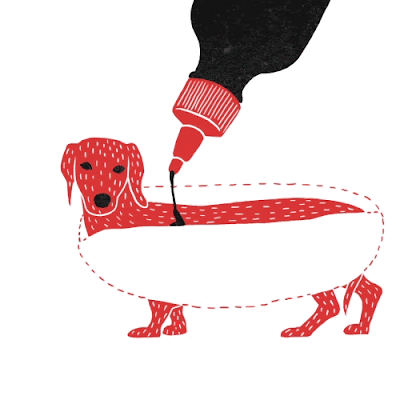科學人又來啦This Week from Scientific American!巨型動物絕種,土壤不再肥沃。本周這一篇聽熟念懂就對了。
Big Animal Extinction Impoverishes Soil
Megafauna extinctions prove a key factor in reduced soil fertility. David Biello reports
By about 10,000 years ago, nearly 100 species of large animals had been recently driven to extinction around the globe. This march of megafauna mortality 巨型動物群死亡coincides suspiciously with the arrival of another large animal in their vicinity就在他們的附近出現: humans.
The die-off in South America included giant ground sloths巨型地懶 and armadillo-like animals類似犰(求)狳的動物 the size of cars known as glyptodonts雕齒獸科. And the deaths seem responsible for the dearth of nutrients in Amazon rainforest soils today. So says a study in the journal Nature Geoscience.
Plainly put, these big animals disperse散布 a lot of phosphorous磷 in their feces糞便(無單數,請搭配複數動詞). Once the big animals are gone, there's no way for the phosphorous to get from one part of the rainforest to another. As a result, the Amazon rainforest even today is struggling to recover from that loss of fertility不再肥沃.
Other parts of the world face the same poop paucity predicament糞便匱乏困境, according to the researchers’ model研究模式. But the impact outside the Amazon was less severe較不嚴重, for reasons still unknown. What is clear is that the impact of extinction reverberates迴響 down through the millennia(單數為millennium 為一千年), a clear signal that we’ve been living in the Anthropocene 人類世 for awhile.











留言
張貼留言